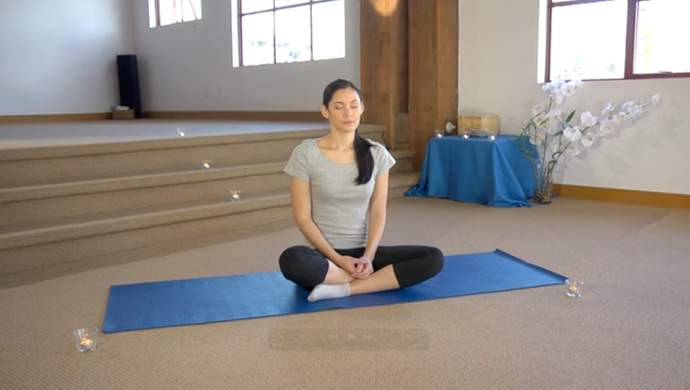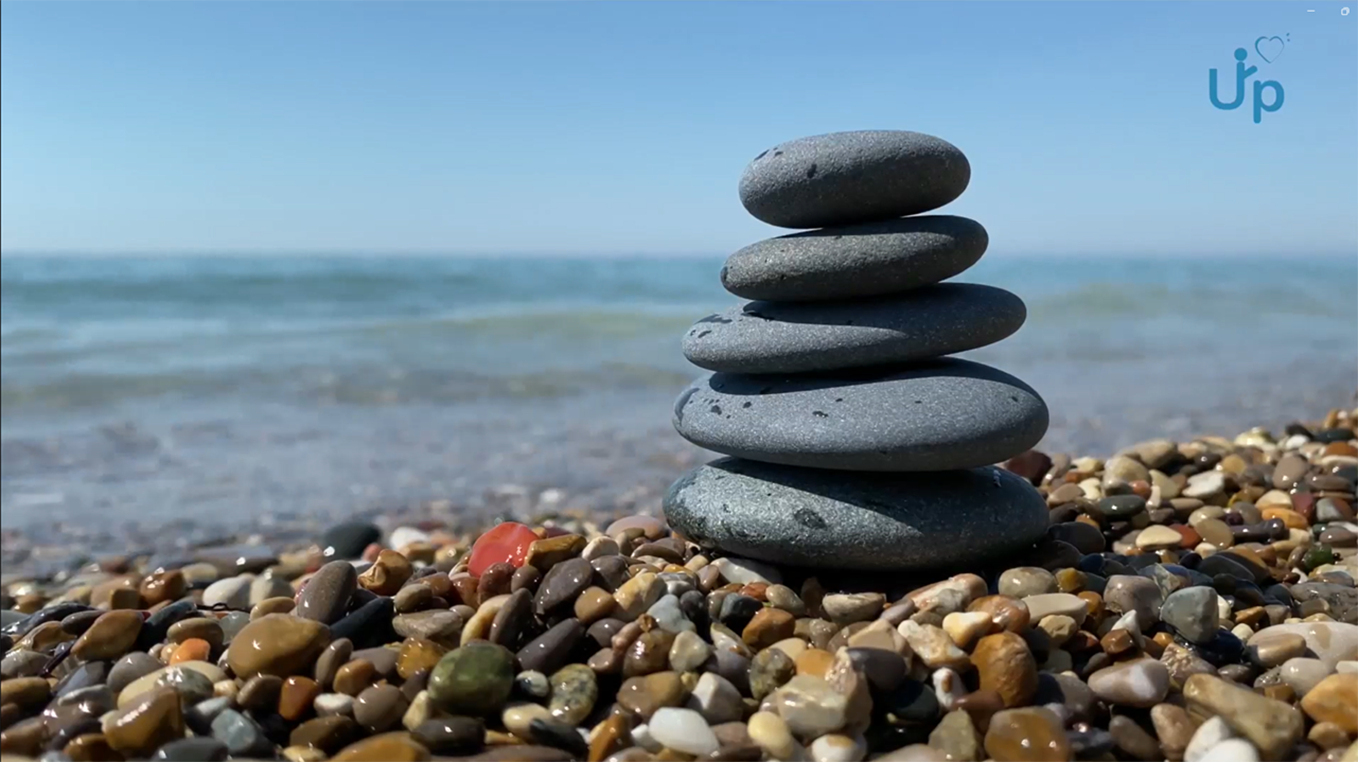Lesson 2: Relaxation Exercise (Part 3)
Teaching Objectives:
Introduces simple relaxation exercises and teaches students how to use relaxation skills to relieve tension and stress and develop a 'relaxation response'. This lesson introduces varies relaxation exercises as coping skills to lower the stress level of the individual and worry less about their life.
Review the content in previous class
- Stress Reduction Exercise
- Ask student to do the demostration
- Did they use this skill in last 7 days? Ask student to share their story.
Mantra Meditation
Mantra meditation involves saying a word or a phrase to focus on one thought to calm the mind and relax the body. It is repetitive so that any stressful thoughts can be freed. The mantra can also be a smooth, vibrating sound. You can select any mantra you want, so long as you can focus on the word, prayer or saying.
Teaching guide
2. Teacher invite student coaches to demostrate the exercise in front of other students.
3. Point out areas that need attention:
- Keep your back straight
- Focusing on your breathing
- Repeat your mantra rhythmically slowly
- You can close your eyes when practicing it
4. Afterward, teacher invites students to share their feelings.
Instructions:
- Find a quiet place free from distractions
- Sit up straight on a chair or the floor using a mat, but you must be comfortable and upright
- Chant or think of a mantra you would like to use. You can say, for instance, ‘so hum’ or a word like ‘one’ or even a phrase, such as ‘I am very calm, leave it to God.’ as long as they sound soothing to you.
- Repeat your mantra rhythmically slowly and continuously
- Repeat your mantra for 5-30 minutes
Peaceful Scene
Imagine yourself in a quiet environment, where you can feel so relaxed that you can be free of stressful thoughts. This calm environment can be on a quiet beach, in the mountains with a small stream, besides a quiet lake or in the comfort of your bedroom beside the fire on a cold winter’s night. You do not have to limit yourself to just a ‘real’ environment - you can, for example, imagine yourself drifting through the clouds on a magic carpet or flying in a flock of migrating geese. You will find that your muscle tension will ease, your heart rate will slow; your breathing will deepen; your hands will become warm, and so on. ‘Relaxation imagery’ is a mild form of self-hypnosis.
Teaching guide
2. Point out areas that need attention:
- Keep your back straight
- Focusing on your breathing
- You can close your eyes when practicing it
- Imagine your are in a peaceful scene
Time Required: 20 minutes
The Benefits:

How to play:

